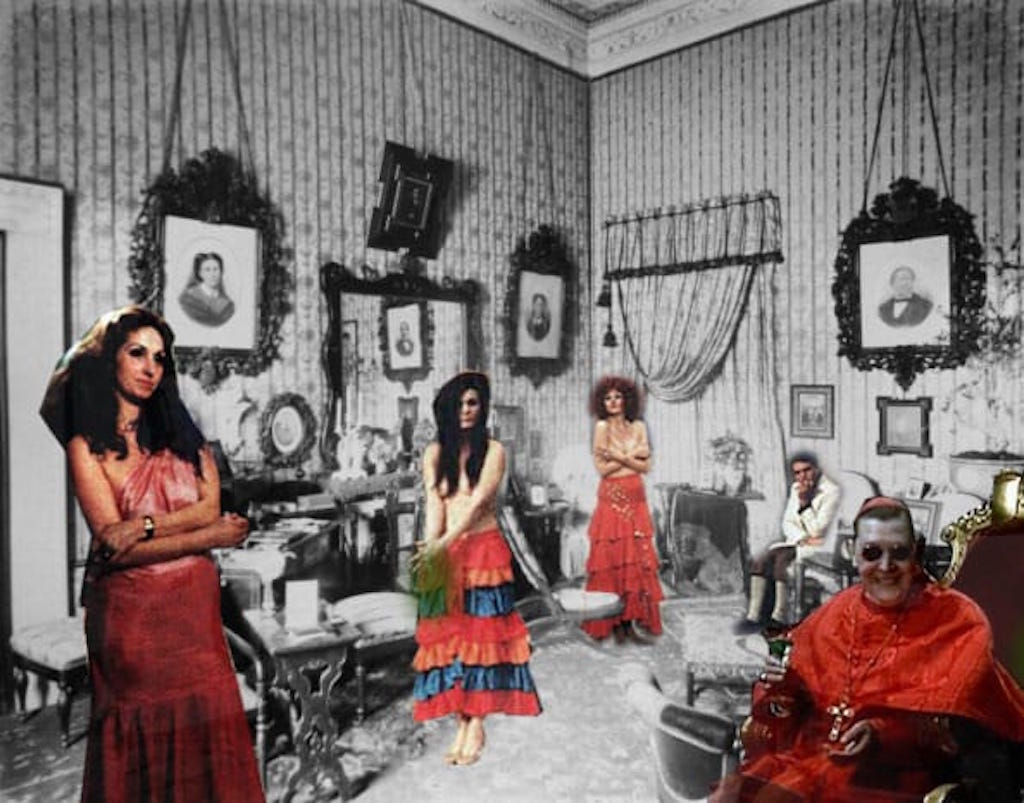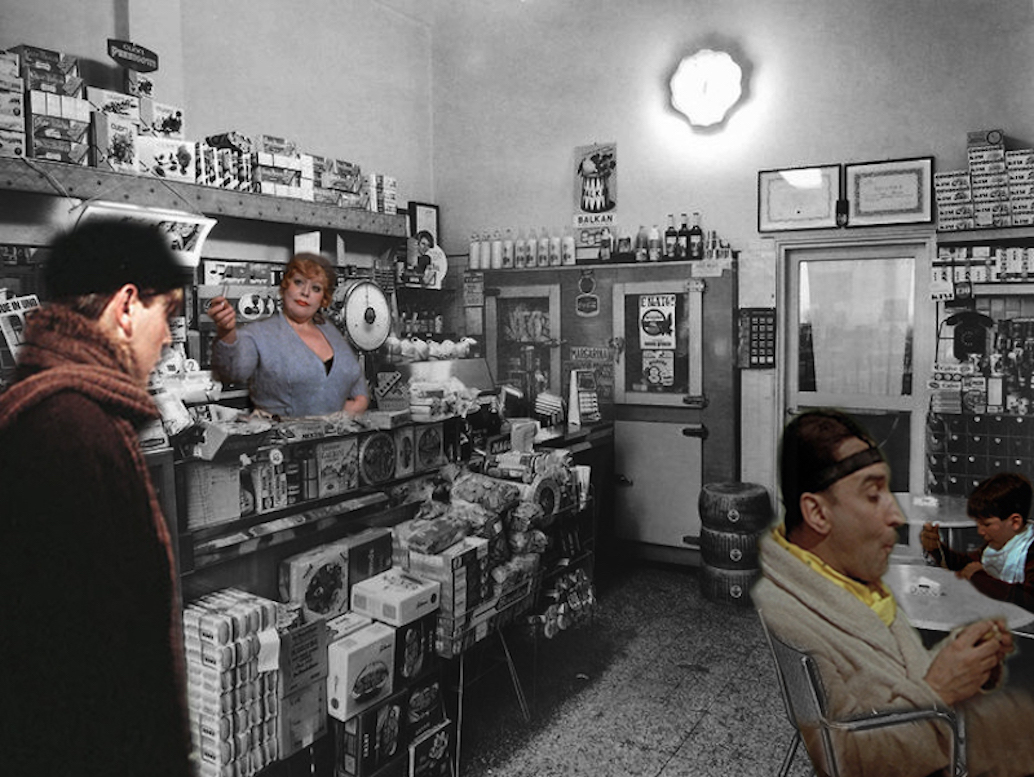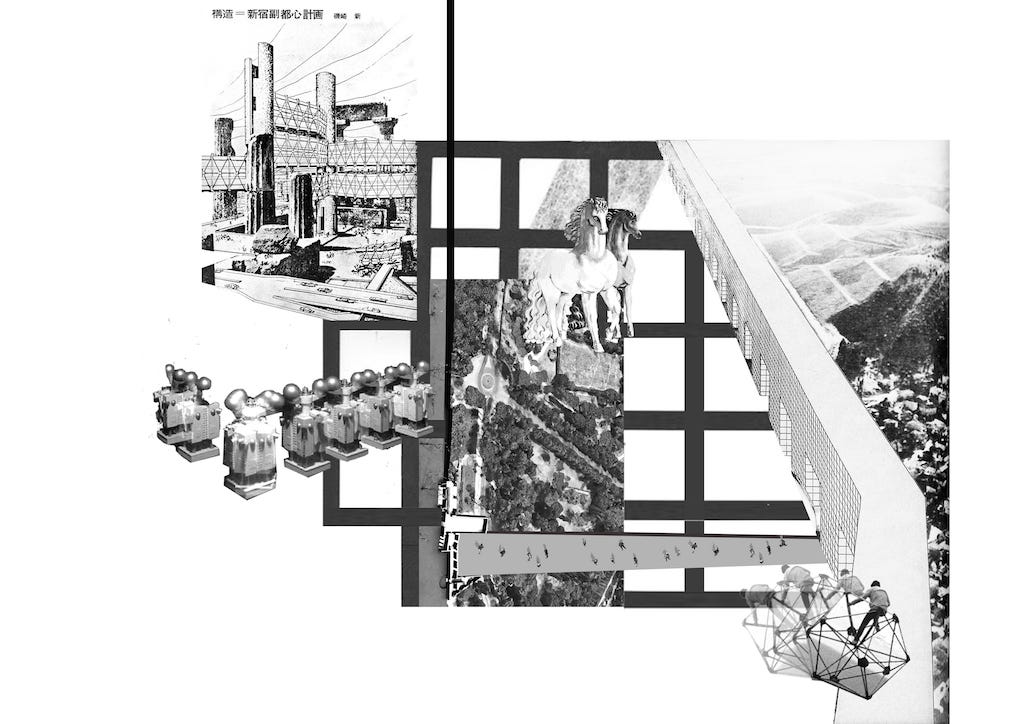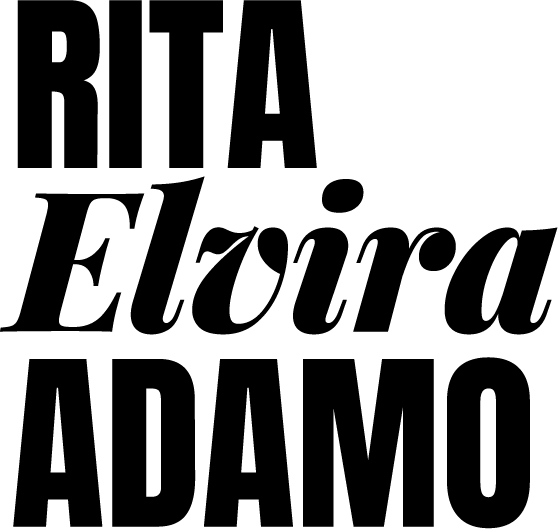
QUESTA FELICE ETA’ CHE VEDE REALIZZARSI
In Villa Borghese
INTRODUCTION
The Villa Borghese came into being and its volume increased like that of an artichoke. Slowly the leaves grew. Each leaf is a wise, hard-working, determined acquisition of its owners which began in 1580. In total, there are 29 artichoke leaves which include vineyards, orchards and lands acquired in two and a half centuries of history.
The “heart” of the artichoke started to beat when Camillo Borghese came to the papal throne as Pope Paul V in 1605. He loved his nephew Scipione Caffarelli so much that he gave him the surname Borghese and also the Villa with its vineyards and orchards. The Cardinal- nephew Borghese started this big undertaking with great enthusiasm.
In those lands, which were intended only to supply vegetables and wine to the Rome markets, a new life began to throb.
The “heart” of the artichoke started to beat when Camillo Borghese came to the papal throne as Pope Paul V in 1605. He loved his nephew Scipione Caffarelli so much that he gave him the surname Borghese and also the Villa with its vineyards and orchards. The Cardinal- nephew Borghese started this big undertaking with great enthusiasm.
In those lands, which were intended only to supply vegetables and wine to the Rome markets, a new life began to throb.
This new life was oriented around festivals, delights and arts created from a poetics of metamorphosis between earth and light.
However by 1900, the era of princes and priests was over and the old enchantment of the Villa was broken. The new era was dominated by the bourgeois so Borghese became “borghese”.
The old era of certainty has given way to the present era of uncertainty and these historical and cultural fragments are floating in this new urban park bounded by the Museum Borghese in the east and the pompous, monumental GNAM in the west and characterised by a duality of life – cafe’s, museums, operatic ‘temples’, wandering among the trees, lovers, dogs, trained horses, a zoo, homeless people, children, prostitutes…
However by 1900, the era of princes and priests was over and the old enchantment of the Villa was broken. The new era was dominated by the bourgeois so Borghese became “borghese”.
The old era of certainty has given way to the present era of uncertainty and these historical and cultural fragments are floating in this new urban park bounded by the Museum Borghese in the east and the pompous, monumental GNAM in the west and characterised by a duality of life – cafe’s, museums, operatic ‘temples’, wandering among the trees, lovers, dogs, trained horses, a zoo, homeless people, children, prostitutes…
THE EXHIBITION



Within this theatre play, my exhibition will take its place. It is also about cultural fragments, this time floating in capitalist space. The archaic theatre of the Villa supplemented by the irony and critique, influenced by the social and political context of the 60’s, of the Italian Radicals and the sincerity and fear, born from the tabula rasa created by the a-bomb, of the Japanese Metabolists can be summarised in Aratha Isozaki’ collage. It expresses a contrary paradigm of the archaic and techno-futurism.


In line with this, my intervention is an effort to discover the context of imagination for the exhibition as rooted in the Borghese Garden. For this reason one strand looks to techno-futurist capitalist utopias, with their fascination for consumerism, its products, systems, extravagant engineering, oriented to the Babel of art in the service of advertising rising from the parking lot beneath the “gallopatoio” which can be seen as a sort of negative monument among those already existing in the park.
While the other strand looks to the theatre created in between the existing retaining wall near the museum Bilotti and the existing “cave” thus emphasising the quasi-surrealist metamorphosis intrinsic in the garden. The two strands meet at the Museum Bilotti in my exhibition.

Author
Rita Elvira Adamo
Rita Elvira Adamo
Professional Diploma in Architecture - RIBA part 2 - Fourth year
Free Unit - London Metropolitan University
Tutors
Robert Mull
Catrina Beevor
Peter Carl
Free Unit - London Metropolitan University
Tutors
Robert Mull
Catrina Beevor
Peter Carl

INHABITING EDGES
INTRODUCTION
Calabria is located in the South of Italy, the poorest area in the country, with very high levels of unemployment and an ageing population. Young people are leaving the area, causing most villages to be semi-abandoned. In parallel to this, high numbers of young refugees are arriving.
One of the reasons for its poverty and ageing population is its historical disconnection from the rest of the peninsula; it used to be called the “Third Island”.
One of the reasons for its poverty and ageing population is its historical disconnection from the rest of the peninsula; it used to be called the “Third Island”.


In 1964 the construction of the Salerno – Reggio Calabria motorway began, and this helped to alleviate the isolation of the region. However, the construction process was flawed partly due to the physical difficulties of the terrain and the bad management of the project. The main issue was the lack of communication between institutions and people who felt ignored and left out of the process; not only were their needs not taken into account, but they also lacked information on the meaning of extensive construction works. Therefore all these reasons “provoked a general reaction of refusal”.
In addition, although the motorway was officially opened in 1973, in reality, its work continued until last year (2017). This situation of continuous interruptions on the route due to the building sites caused inconvenience for over 50 years which created a feeling of discontent in the population.
In addition, although the motorway was officially opened in 1973, in reality, its work continued until last year (2017). This situation of continuous interruptions on the route due to the building sites caused inconvenience for over 50 years which created a feeling of discontent in the population.

Moreover, the terrain of Calabria is very particular because it spans many different types, from mountains to hills to the sea. However, Calabria has a controversial relationship with the sea. Until the first half of the 1990s, the most productive inhabited areas were inland, and the mountain villages didn’t have any connection with the sea. Until the First World War, the coastline was considered a place of marginality and desolation, and there was not much involved with the social and economic system of the region. However, this situation reversed in the 1960s when there was a huge amount of construction along the coast. The result of this explosion of uncontrolled construction radically altered the profile of the coastline and inserted a metaphorical wall between the inland and the sea, emphasising the already existing division between the two areas.
THE PROJECT
This background of the relationship between infrastructure, territory and population in Calabria unconsciously influenced my proposal and my role as an architect because I was born in this region; therefore, my main concern is with the social and political aspects and working with the community.
My proposal can be described as an infrastructure to capture the unused cultural resources in Belmonte so that they are inhabited by the new community and return cultural heritage to the local community. A metaphorical long corridor, aqueduct, and bridge between the sea and the hill, the mountain and the valley, will be a natural, inhabited space where a new concept of urban living could evolve, connecting agricultural production activities to various other cultural and social functions of the city. The intention is to create a basic, permanent, bold and flexible structure which can be adapted and built upon by the local and new community more delicately and temporarily. The project is designed to evolve along a timeline of 20 years or more, and its genesis is connected with the real-life work I am doing in Calabria through my NGO, Le Seppie.
My proposal can be described as an infrastructure to capture the unused cultural resources in Belmonte so that they are inhabited by the new community and return cultural heritage to the local community. A metaphorical long corridor, aqueduct, and bridge between the sea and the hill, the mountain and the valley, will be a natural, inhabited space where a new concept of urban living could evolve, connecting agricultural production activities to various other cultural and social functions of the city. The intention is to create a basic, permanent, bold and flexible structure which can be adapted and built upon by the local and new community more delicately and temporarily. The project is designed to evolve along a timeline of 20 years or more, and its genesis is connected with the real-life work I am doing in Calabria through my NGO, Le Seppie.




Author
Rita Elvira Adamo
Professional Diploma in Architecture -
RIBA part 2 - Thesis project
Unit 6 - Architecture of Rapid Change and Scarce Resources London Metropolitan University
Tutors
Maurice Mitchell
Francesca Pont
Dr Bo Tang
Sandra Denicke Polcher
Jane Mcallister
